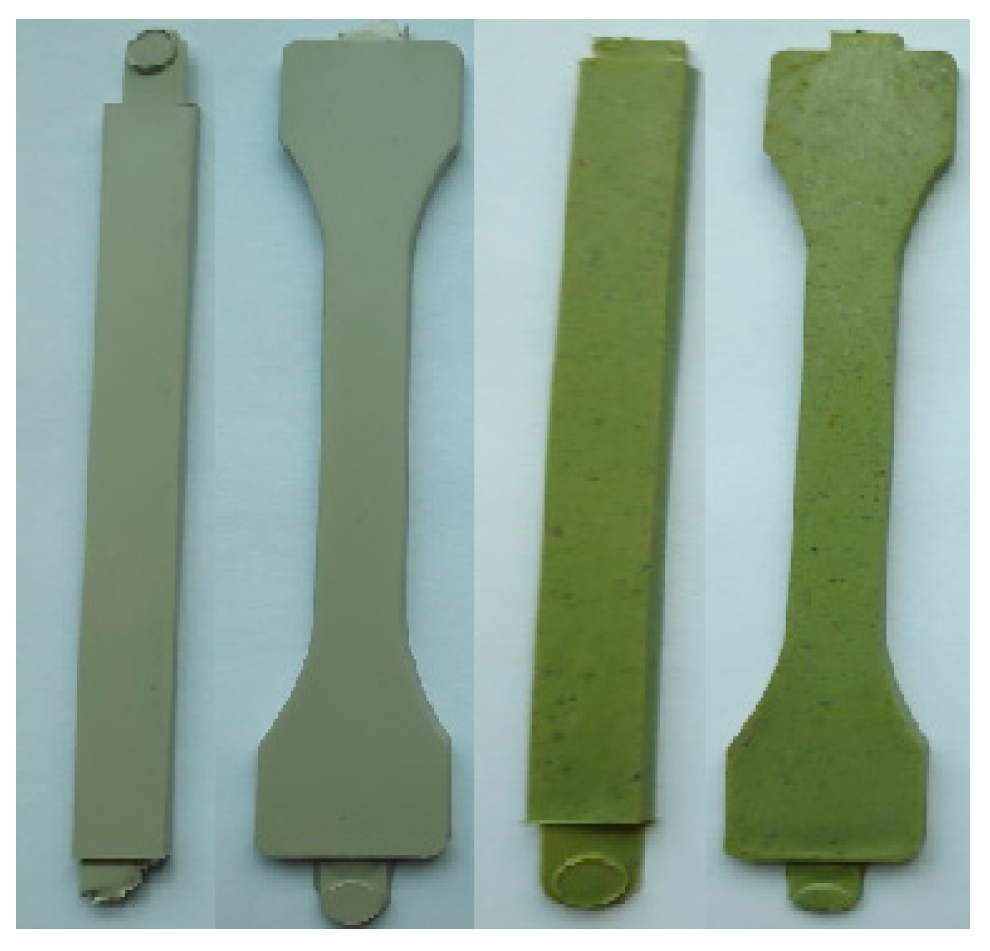Waste Electrical and Electronic Equipment Processing as Thermoplastic Composites †
Acknowledgments
References
- Goodship, V.; Stevels, A. Waste Electrical and Electronic Equipment (WEEE) Handbook; Woodhead Publishing: Cambridge, UK, 2012; pp. 1–724. [Google Scholar]
- Grigorescu, R.M.; Ghioca, P.; Iancu, L.; Grigore, M.E.; Ion, R.M.; Nicolae, C.A.; Gabor, R.; Filipescu, M.I.; Rapa, M.; Trusca, R.D. Impact strength elastomer composites based on polystyrene components separated from waste electrical and electronic equipment. J. Appl. Polym. Sci. 2020, 137, 48329. [Google Scholar] [CrossRef]
- Grigorescu, R.M.; Ghioca, P.; Iancu, L.; David, M.E.; Andrei, E.R.; Filipescu, M.I.; Ion, R.-M.; Vuluga, Z.; Anghel, I.; Sofran, I.-E. Development of thermoplastic composites based on recycled polypropylene and waste printed circuit boards. Waste Manag. 2020, 118, 391–401. [Google Scholar] [CrossRef] [PubMed]

Publisher’s Note: MDPI stays neutral with regard to jurisdictional claims in published maps and institutional affiliations. |
© 2020 by the authors. Licensee MDPI, Basel, Switzerland. This article is an open access article distributed under the terms and conditions of the Creative Commons Attribution (CC BY) license (https://creativecommons.org/licenses/by/4.0/).
Share and Cite
Andrei, E.R.; Oporan, A.G.; Ghioca, P.; Iancu, L.; David, M.; Ion, R.-M.; Vuluga, Z.; Spurcaciu, B.; Grigorescu, R.M. Waste Electrical and Electronic Equipment Processing as Thermoplastic Composites. Proceedings 2020, 57, 58. https://doi.org/10.3390/proceedings2020057058
Andrei ER, Oporan AG, Ghioca P, Iancu L, David M, Ion R-M, Vuluga Z, Spurcaciu B, Grigorescu RM. Waste Electrical and Electronic Equipment Processing as Thermoplastic Composites. Proceedings. 2020; 57(1):58. https://doi.org/10.3390/proceedings2020057058
Chicago/Turabian StyleAndrei, Elena Ramona, Andreea Gabriela Oporan, Paul Ghioca, Lorena Iancu, Madalina David, Rodica-Mariana Ion, Zina Vuluga, Bogdan Spurcaciu, and Ramona Marina Grigorescu. 2020. "Waste Electrical and Electronic Equipment Processing as Thermoplastic Composites" Proceedings 57, no. 1: 58. https://doi.org/10.3390/proceedings2020057058
APA StyleAndrei, E. R., Oporan, A. G., Ghioca, P., Iancu, L., David, M., Ion, R.-M., Vuluga, Z., Spurcaciu, B., & Grigorescu, R. M. (2020). Waste Electrical and Electronic Equipment Processing as Thermoplastic Composites. Proceedings, 57(1), 58. https://doi.org/10.3390/proceedings2020057058






